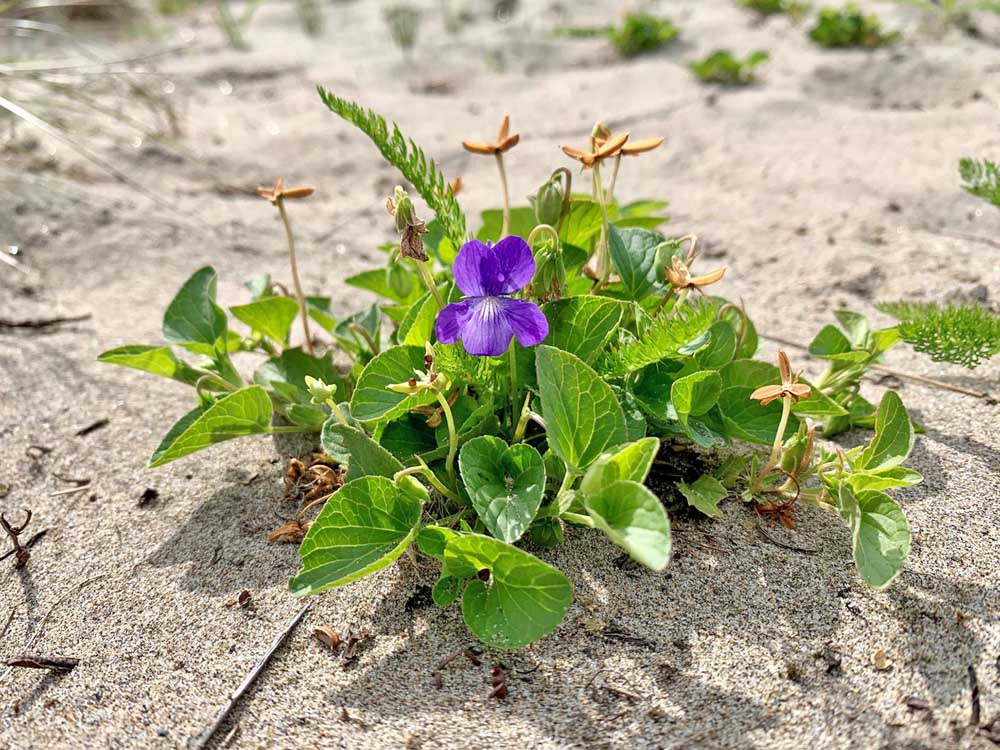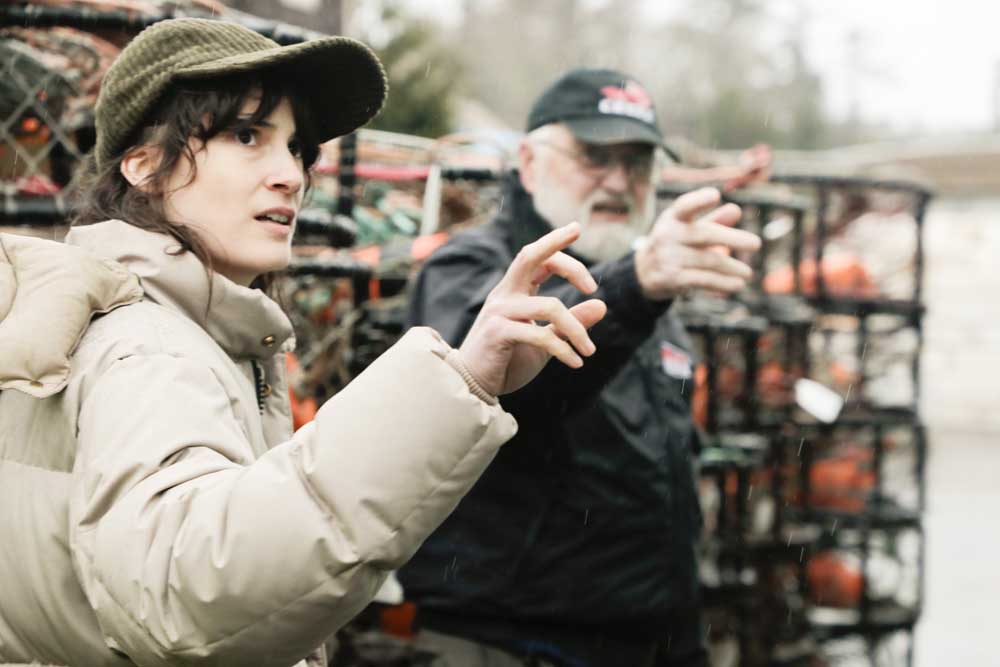Oregon silverspot butterflies breed in captivity for the first time
Published 11:30 am Friday, December 13, 2019

- Thirty thousand early blue violets were being planted in a former cow pasture along Sandridge Road in preparation for reintroducing Oregon silverspot butterflies in Pacific County.
Soon, 269 more Oregon silverspot butterflies will be flying among the early blue violets along the West Coast, thanks to the Oregon Zoo’s butterfly conservation lab.
Trending
For the first time ever, the lab bred silverspots in captivity, with plans to release this threatened species to its native places.
Travis Koons, the Oregon Zoo’s animal curator who oversees the butterfly and bird programs, said the zoo is focused on species recovery in areas where they used to thrive.
For Oregon silverspots, that historically means coastal grasslands from Crescent City, California, to Westport, Washington. But due to the loss of their habitat and the early blue violets they rely on, there are only seven sites where these butterflies are found, and in smaller numbers.
Trending
Anne Walker, a wildlife biologist at the U.S. Fish and Wildlife Service’s Newport Field Office, said the goal is to increase the size and number of populations. The service tells the zoo and other partners where and when to release the butterflies.
The lab at the Oregon Zoo has been working on silverspot recovery since 1999. It normally brings in females from the wild that already have fertile eggs and provides a safe environment for the resulting caterpillars and pupae before releasing them.
“To date, no one had bred this species of butterflies in captivity,” Walker said.
But this time, Koons decided to give it a try.
“I asked the U.S. Fish and Wildlife Service for permission to hold back some of those pupae in the lab and try to see if we could find some methods for captive breeding,” Koons said. “It’s been tried in the past but not successfully done.”
The lab held back 22 pupae from being released, and set up the right conditions for the butterflies to breed.
“When you have a whole bunch of chrysalis, the early ones are almost always males and the caterpillars that pupate later in the season are usually females,” Koons said. “There needs to be multiple males so there’s competition, because that’s how butterflies work.”
The male butterflies will already be out, they’ll pick up on the pheromone cues of a still-enclosed female, and they’ll be waiting for her to emerge from her chrysalis.
This method worked for one pair of butterflies, and the 269 caterpillars were born.
Walker said that having the ability to breed the butterflies in the lab provides an additional tool that might be used again in the future.
“The success of breeding in laboratory conditions may help to reduce the number of wild females we collect each year, typically 20 to 25 per year, for egg production,” Walker said.
The 269 butterflies will be released in any of the six locations in Oregon that need an extra boost of butterflies next year.
Intensive efforts were under taken this year to restore butterfly habitat on the Long Beach Peninsula, converting cow pastures along Sandridge Road back into the coastal prairie preferred by violets and butterflies.
Some of the sites where Oregon silverspots currently live are Saddle Mountain, Cascade Head and Nestucca Bay National Wildlife Refuge.
There had not been any silverspots seen at Saddle Mountain since the 1970s, until the zoo and its partners reestablished the population in 2018.
“Saddle Mountain once supported an Oregon silverspot butterfly population in the past and the habitat is in excellent condition, so reintroducing the butterfly to this site provides a hedge against extinction,” Walker said.
Koons added that the Oregon Parks and Recreation Department helps with the recovery process at Saddle Mountain, removing invasive plants like English ivy and Scotch broom, while planting native plants like early blue violet. The early blue violet is key to silverspot survival, as the caterpillars eat it, they attach to it as pupae, and they lay eggs on it as butterflies.
“We are extremely encouraged that the Oregon Zoo butterfly lab has reached this milestone in raising the butterfly,” Walker said. “The Oregon Zoo, as well as our other partners, have made significant contributions to our recovery efforts for the Oregon silverspot.”
One of those partners is Seattle’s Woodland Park Zoo, which has also been helping reintroduce the silverspots to their historic locations. The Siuslaw National Forest and the Nature Conservancy have also been working to conserve silverspots on their lands, and the North Coast Land Conservancy has been preparing future sites for reintroduction.









